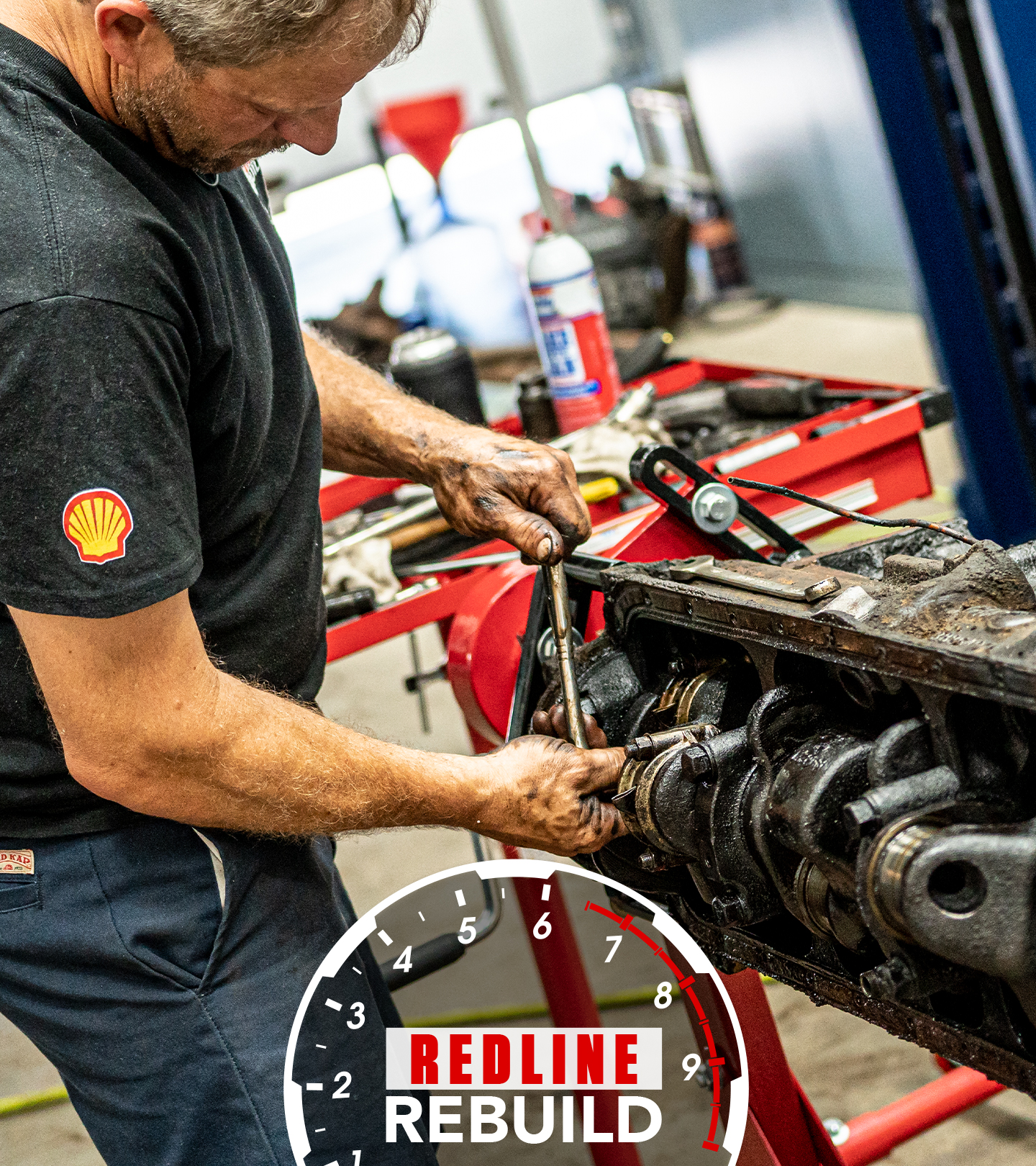DIY: How to replace those old drum shoes and get those brakes working right - Hagerty Media
Drum brakes are the most common form of brakes for vintage cars. Servicing them isn’t rocket science, and Davin is here to help with a DIY video showing how to replace the brake shoes to ensure that your car stops when you want—or need—it to.
There are special tools designed just for removing the springs required to service drum brakes. They aren’t terribly expensive, but if on a budget or only working on your own car, these special tools might only break free from your toolbox once every few years. That is why Davin chose to show the affordable way to do the service—using common hand tools that most enthusiasts already own.
The biggest trick to ensure success in most automotive projects is documentation. In this case, that’s a photo taken right after the brake drum is removed. This will be your reference later for what springs go where and in what order. Remember, digital photos are basically free, so take lots of them. If you don’t need them later, simply delete them. If you do, you’ll feel like your own hero.
Disassembly is easy; remove the shoe return springs and carefully spread the shoes apart over the axle flange. Inspect all parts for wear, including the parking brake mechanism and the self adjuster, and especially the wheel cylinder. Any seeping or leaking from a wheel cylinder needs to be replaced—no questions asked. These are your brakes after all.
It seems odd at first to be using grease on an assembly that relies on friction to function, but properly-placed dabs of grease limit the friction to the areas where it is supposed to be. Be careful to not get any grease or grime directly on the friction material of the shoes.
Assembly is disassembly in reverse. A good shop manual will outline the process step-by-step but, unlike building an engine, so long as the end result matches the starting point, the process was correct. Make the final adjustment using the star wheel either through the backing plate or the brake drum, then go for a drive.
As Davin mentions, this DIY is a great starting point for those who might not be well versed in automotive repair since it is a simple disassemble/reassemble where no measurement or tolerances are required. After one or two brake jobs, it might make sense to spring for specialty tools, as they do make the job a bit easier. For now, though, go out and make sure that classic is stopping as it should.
- 1
- /
- 3
Next episodes
You may also like










